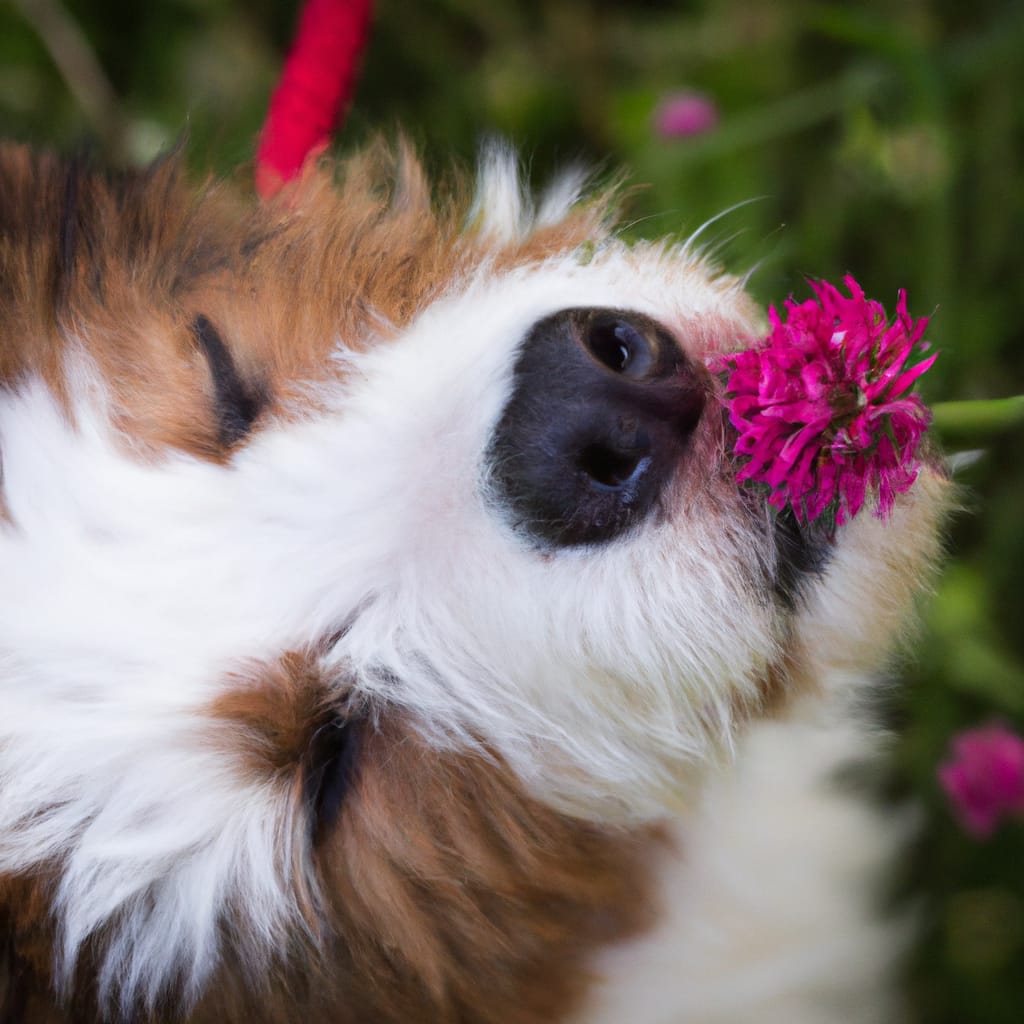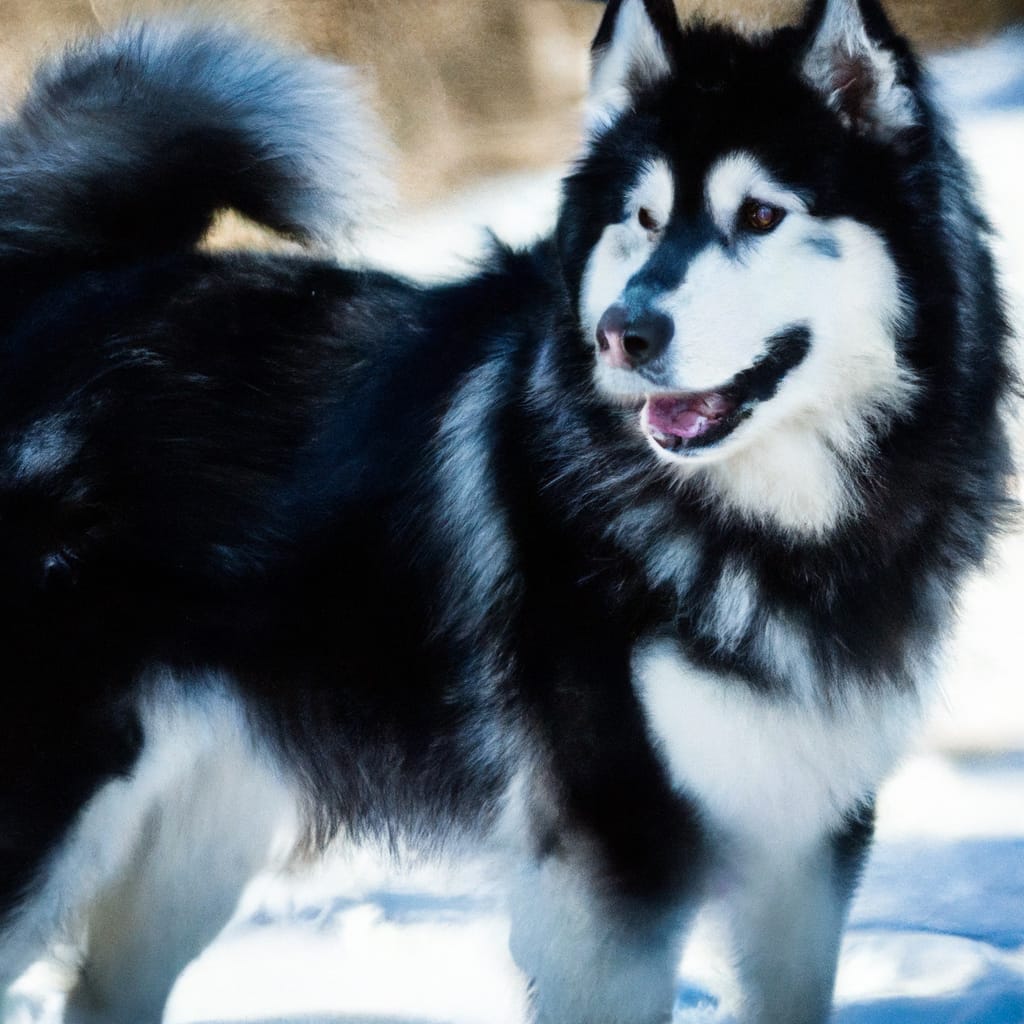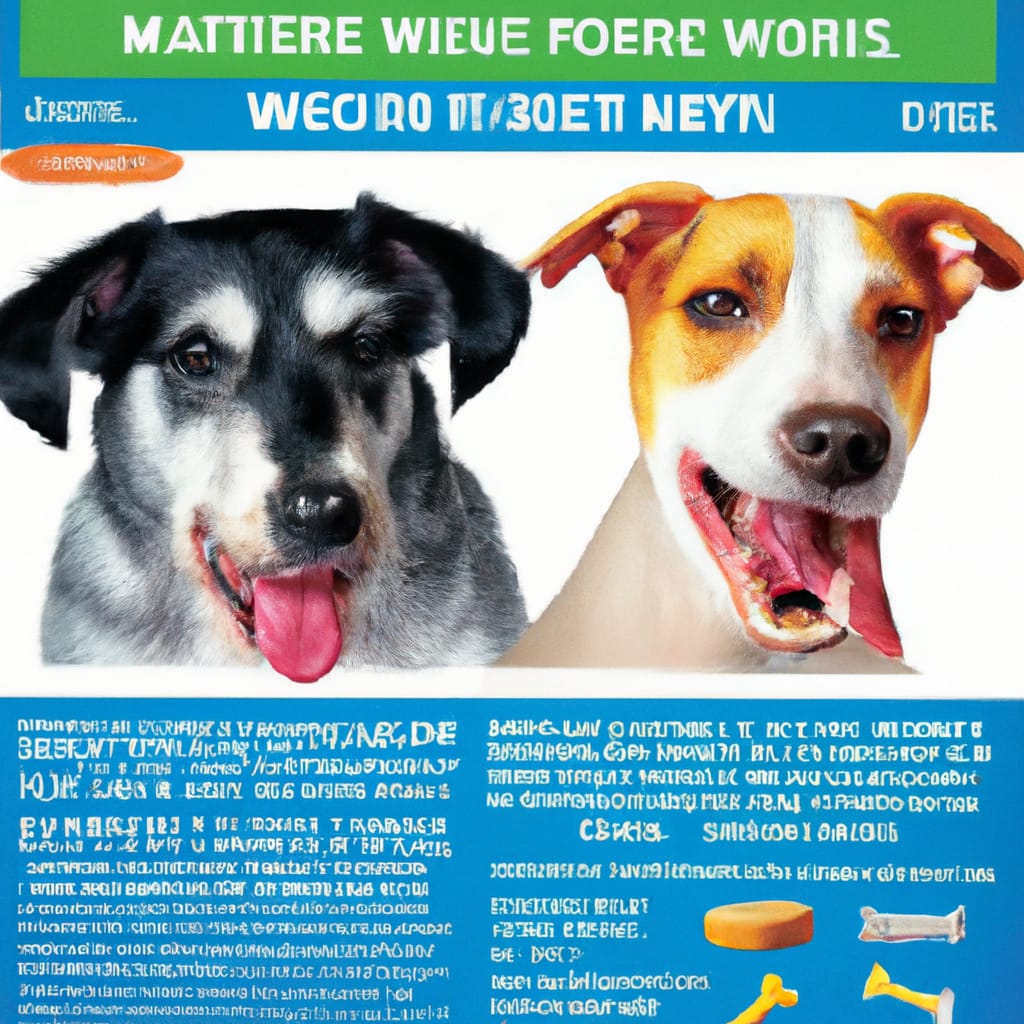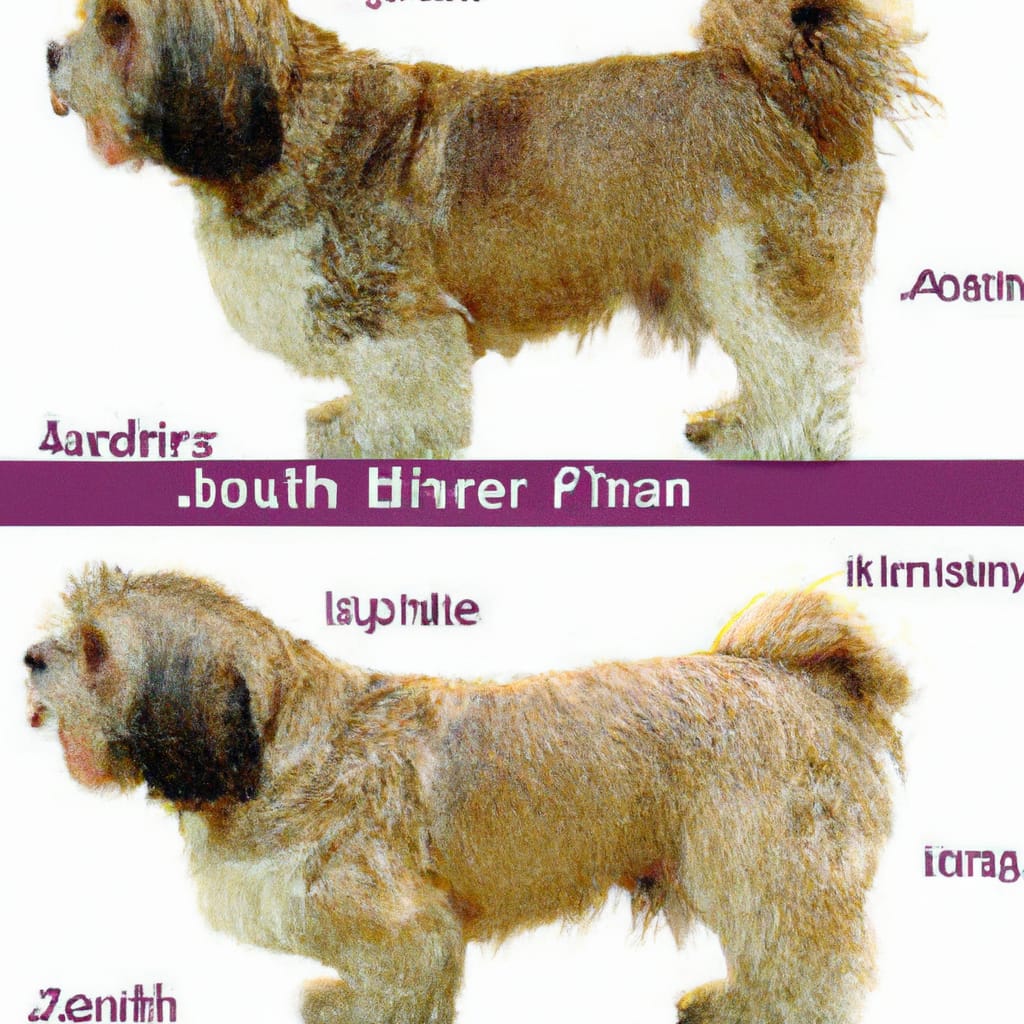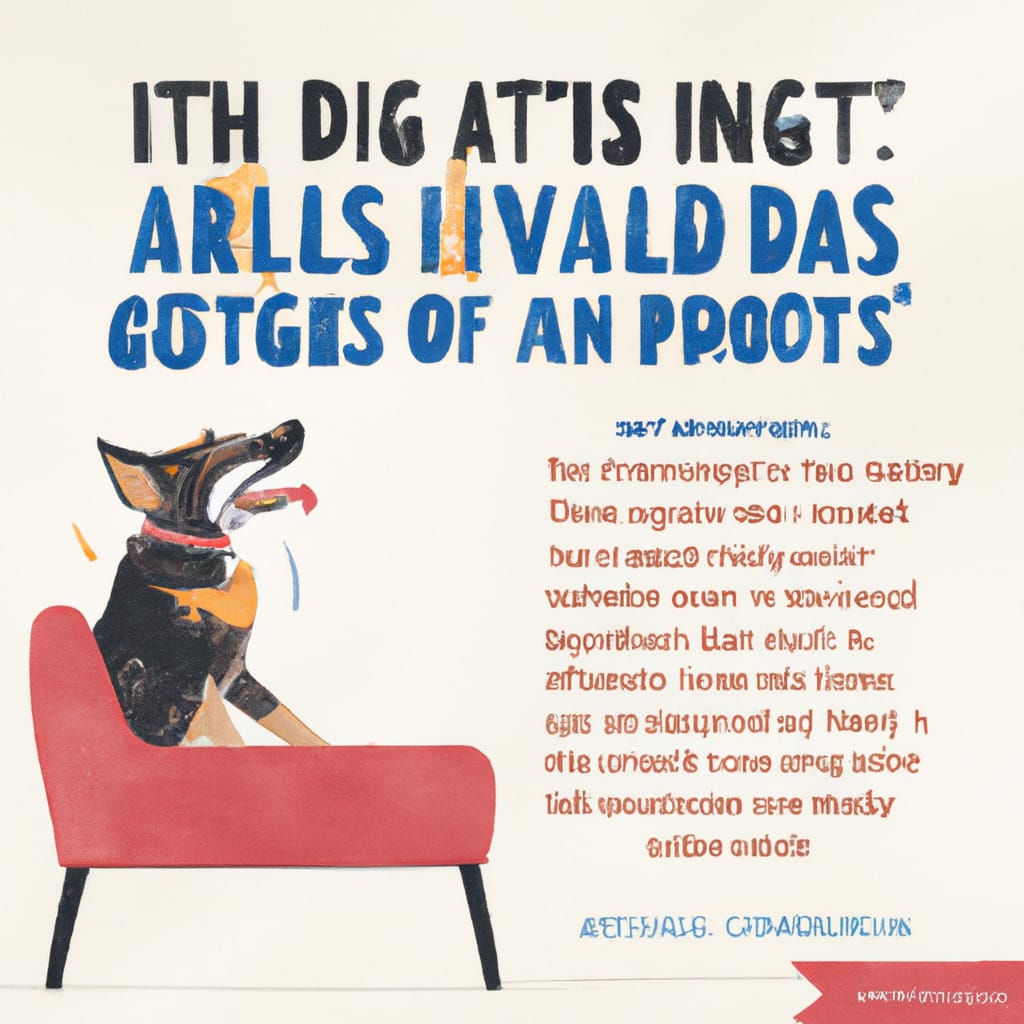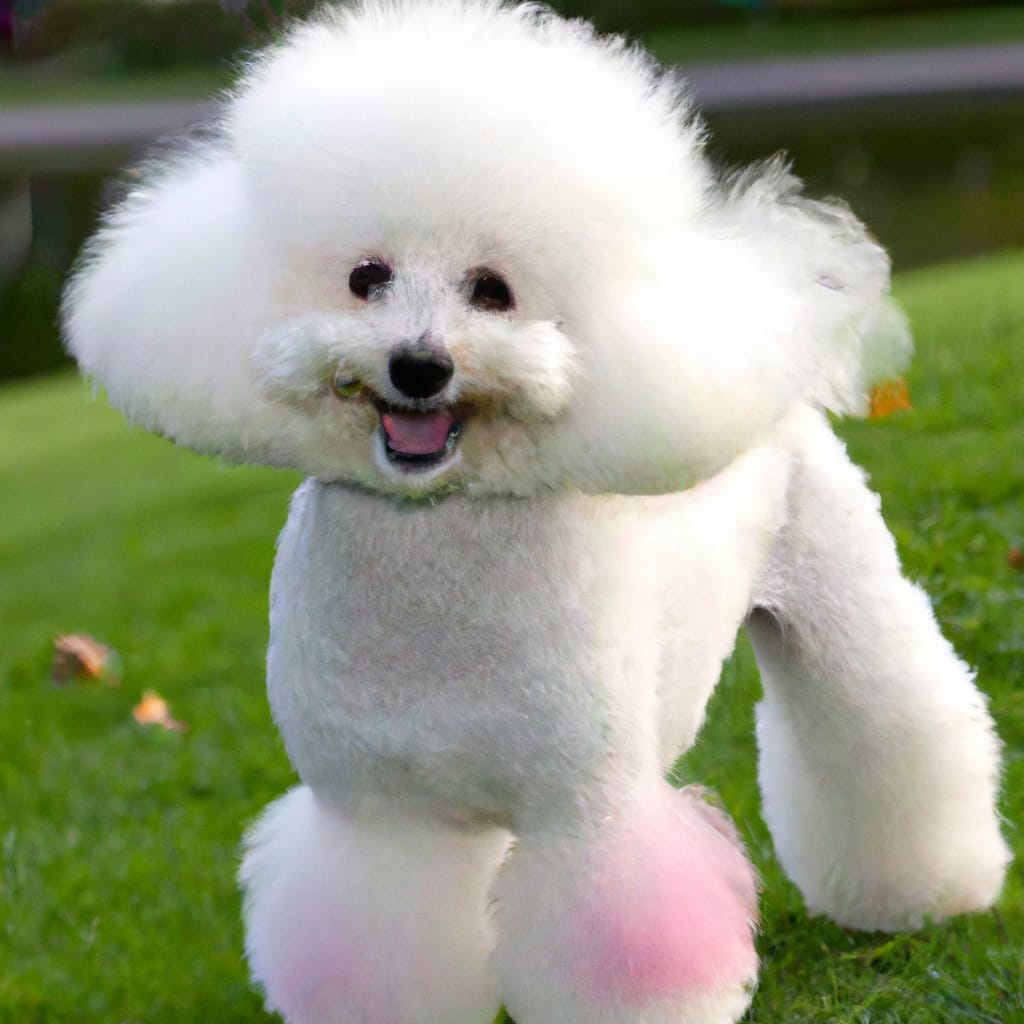The Incredible Sense Of Smell In Dogs: How They Use It And How To Challenge Their Nose
Imagine having the ability to smell things that are undetectable to the human nose – sounds like a superpower, right? Well, for dogs, it’s just a regular day in their fascinating lives. Dogs possess an incredible sense of smell, allowing them to detect scents and substances that we couldn’t even fathom. But how exactly do they use this super-sense, and how can we challenge their nose to further enhance their abilities? In this article, we will explore the amazing world of a dog’s olfactory system and learn how we can engage their sense of smell to provide mental stimulation and enrichment.
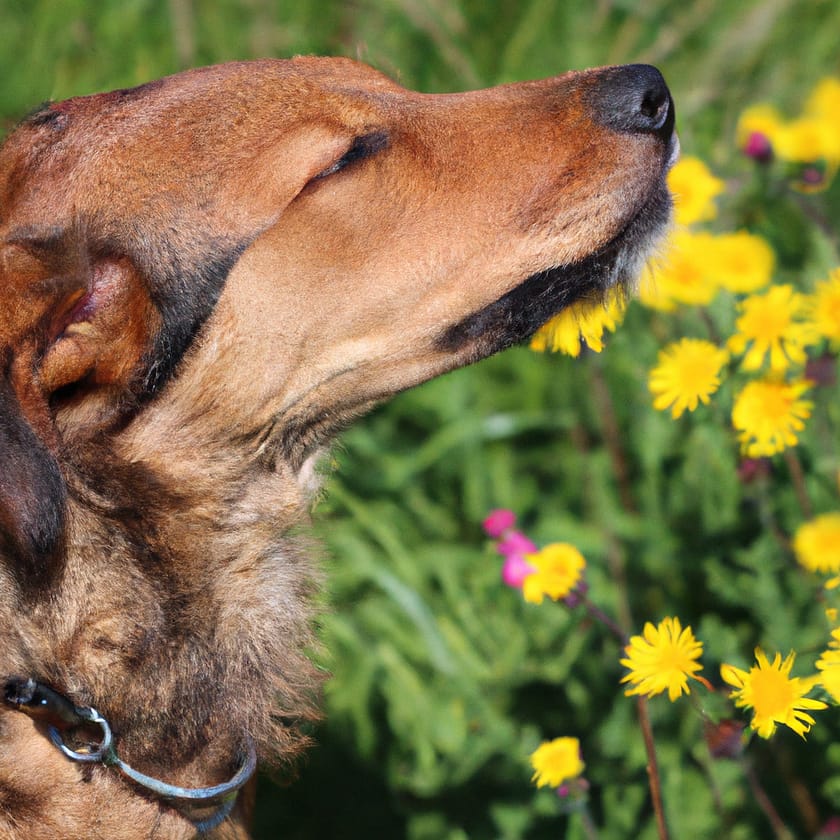
An Introduction to a Dog’s Sense of Smell
Dogs have an incredible sense of smell that far surpasses that of humans. While we rely on our eyesight to navigate the world, dogs rely heavily on their sense of smell. It is their primary means of gathering information about their surroundings, detecting danger, and communicating with other dogs. To truly understand and appreciate a dog’s sense of smell, it’s important to explore the anatomy of a dog’s nose and compare it to our own sense of smell.
The Anatomy of a Dog’s Nose
A dog’s nose is a remarkable organ designed specifically for the purpose of smelling. Unlike humans, who have a relatively simple internal nostril structure, dogs have a complex system of two sets of nostrils. These nostrils allow dogs to separate smells and determine the direction from which a scent is coming. In addition, dogs have a specialized olfactory epithelium, which contains millions of scent receptors. This gives them the ability to detect and identify even the faintest of smells.
Comparison to Human Sense of Smell
When it comes to comparing a dog’s sense of smell to that of a human, the difference is astounding. While humans have approximately 5 million scent receptors, dogs have a staggering 125 to 300 million. This means that dogs have the ability to detect scents at concentrations as low as parts per trillion, while humans typically aren’t able to detect scents until they reach parts per million. This superior sense of smell allows dogs to pick up on scents that humans can’t even fathom.
How Dogs Use Their Sense of Smell
Detecting Scents
Dogs have the ability to detect a wide range of scents, which can be incredibly useful in various scenarios. They can detect the scent of diseases, such as cancer or diabetes, long before any symptoms are present. This makes them valuable in the field of medical detection. They can also detect the presence of drugs, explosives, or other hazardous substances, which is why they are utilized in search and rescue operations and law enforcement.
Tracking and Hunting
Dogs have a natural instinct for tracking scents, making them excellent hunters. They can pick up on the scent of a prey animal or a person and follow it for miles, even if the scent is hours or days old. This tracking ability is often utilized in hunting scenarios, as well as search and rescue missions.
Search and Rescue
Due to their extraordinary sense of smell, dogs play a crucial role in search and rescue operations. They are used to locate missing persons, survivors of natural disasters, and even those trapped underneath rubble. Their ability to navigate through challenging terrain and detect scents from great distances has saved countless lives.
Medical Detection
Dogs have the remarkable ability to detect various diseases and medical conditions, even in their early stages. They can detect the scent of cancer, diabetes, seizures, and even impending allergic reactions. This makes them valuable assets in the medical field, as they can alert their owners or handlers to potential health concerns.
Emotional Detection
Beyond their practical uses, dogs also have the ability to detect and respond to human emotions through their sense of smell. They can pick up on changes in our body chemistry that occur when we experience fear, stress, happiness, or sadness. This is why dogs often provide comfort and emotional support to those in distress, as they are able to sense our emotions and offer unconditional love and support.
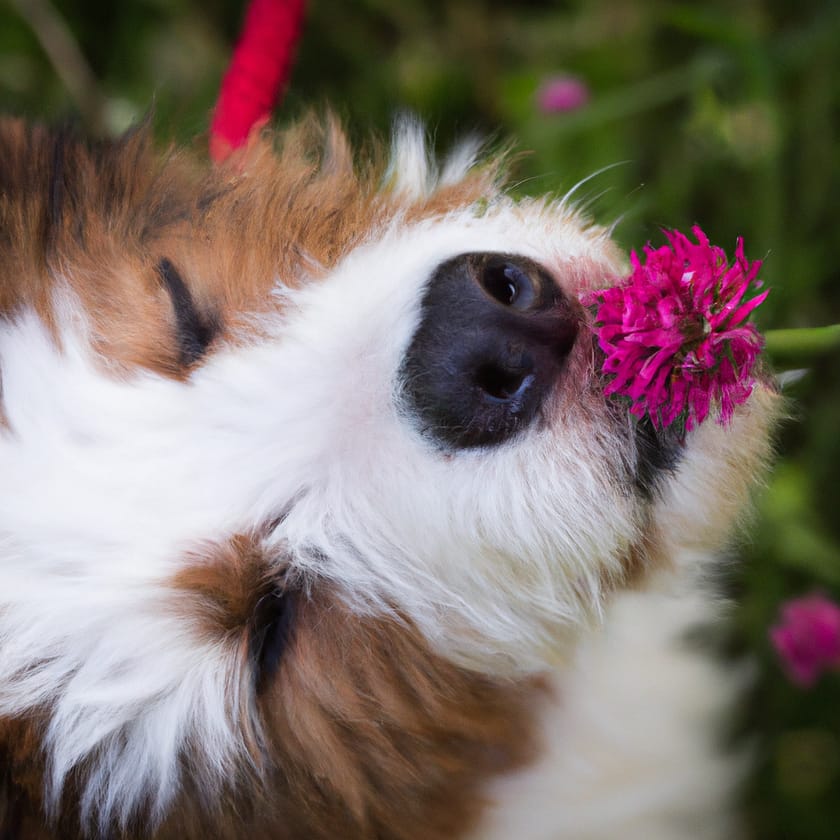
Factors Affecting a Dog’s Sense of Smell
Breed Differences
Different dog breeds have varying degrees of olfactory prowess. Some breeds, such as Bloodhounds and Basset Hounds, are known for their exceptional scenting abilities, while others may not be as adept at detecting and tracking smells. It’s important to consider breed differences when understanding a dog’s sense of smell and what they may be capable of.
Age and Health Factors
A dog’s age and overall health can also impact their sense of smell. As dogs age, their sense of smell may decline, just as our own senses tend to diminish as we get older. Additionally, certain health conditions, such as nasal congestion or respiratory issues, can affect a dog’s ability to fully utilize their sense of smell.
Environmental Conditions
Environmental factors can also play a role in a dog’s sense of smell. For example, extreme weather conditions, such as heavy rain or strong winds, can disperse scents and make them more challenging to detect. Similarly, highly polluted areas or areas with strong odors can also interfere with a dog’s ability to focus on specific scents.
Improving and Challenging a Dog’s Sense of Smell
Engaging in Scent Work
One way to improve and challenge a dog’s sense of smell is through engaging in scent work activities. Scent work involves training dogs to search for specific scents or objects. This not only provides mental stimulation for dogs but also hones their scent detection skills.
Scent Games and Puzzles
Scent games and puzzles are another way to challenge and entertain dogs while utilizing their sense of smell. This can include hiding treats or toys and encouraging the dog to find them using their nose. There are also interactive toys and puzzles available that require dogs to use their sense of smell to solve the puzzle and access a reward.
Training for Scent Discrimination
Training a dog for scent discrimination involves teaching them to differentiate between various scents and indicating when they have found the desired scent. This can be done through the use of scent detection kits or training aids. With consistency and positive reinforcement, dogs can become adept at discriminating between scents and accurately identifying the target scent.
Building Endurance and Focus
Building a dog’s endurance and focus is essential for challenging their sense of smell. By gradually increasing the difficulty and duration of scent-related activities, dogs can develop greater stamina and concentration. This allows them to remain focused on the task at hand for extended periods, even in distracting or challenging environments.
Creating Scent Challenges for Dogs
Scenting Toys and Treats
A simple way to create scent challenges for dogs is to scent their toys and treats. This can be done by rubbing the chosen item on a desired scent or hiding it in a scented container. By encouraging dogs to use their sense of smell to locate their toys or treats, they are engaged and stimulated mentally.
Outdoor Scent Trails
Outdoor scent trails provide an excellent opportunity for dogs to use their sense of smell to follow a specific scent. This can be done by laying a scent trail using scented materials and allowing the dog to track and find the source. It’s important to ensure that the materials used for scent trails are safe and non-toxic for the dog.
Scented Hide and Seek
Scented hide and seek is a fun and challenging game for dogs that taps into their natural instinct to search and track scents. By hiding scented objects or treats around the house or in a designated area and encouraging the dog to find them, they are given the opportunity to exercise their sense of smell while enjoying a game.
Scent Detection Training Classes
For those looking for a more structured approach to scent challenges, scent detection training classes are available. These classes provide dogs with the opportunity to learn and refine their scent detection skills under the guidance of experienced trainers. It’s a great way to challenge a dog’s sense of smell in a controlled and supportive environment.
Safely Exploring Scents with Your Dog
Recognizing Harmful or Toxic Substances
When exploring scents with your dog, it’s important to be mindful of potentially harmful or toxic substances. Certain plants, chemicals, or foods can be dangerous if ingested by your dog. Being aware of your surroundings and educating yourself about potential hazards can help ensure your dog’s safety while exploring scents.
Teaching the ‘Leave It’ Command
Teaching your dog the “leave it” command is essential for their safety when interacting with scents. This command allows you to redirect their attention away from potentially dangerous substances or odors. Consistent training and positive reinforcement can help your dog understand and respond to this command effectively.
Avoiding Allergies and Sensitivities
Just like humans, dogs can have allergies or sensitivities to certain scents or substances. It’s important to observe your dog’s reactions and behavior when exposed to new scents. If you notice any adverse reactions, such as sneezing, itching, or excessive paw licking, it’s best to avoid those scents and consult with a veterinarian if needed.
Understanding Scent Marking Behaviors in Dogs
Territorial Marking
One common scent marking behavior in dogs is territorial marking. This is when dogs urinate or defecate in specific areas to mark their territory. By leaving their scent behind, dogs communicate to other animals that the area is claimed. This behavior serves as a form of social communication and territorial defense.
Social Communication
Scent marking also plays a role in social communication among dogs. Dogs can learn a lot about each other through their scent markings. By sniffing and investigating each other’s scent markings, dogs gather information about the other dog’s sex, health, reproductive status, and even mood. Scent marking is an important aspect of canine socialization and interaction.
Hormonal Signaling
Hormonal signaling is another form of scent marking behavior in dogs. Female dogs will release pheromones when they are in heat, signaling to male dogs that they are ready to mate. This scent can travel long distances and attract male dogs from miles away. Similarly, male dogs may mark their territory with urine containing pheromones to signal their availability for mating.
Dogs with Exceptional Sense of Smell
Breeds Known for Their Outstanding Sense of Smell
While all dogs have a remarkable sense of smell, there are certain breeds that are known for their exceptional olfactory abilities. Bloodhounds, Basset Hounds, Beagles, and German Shepherds are just a few examples of breeds with highly developed noses. These breeds are often utilized in search and rescue, tracking, and scent detection work due to their natural talents.
Examples of Impressive Scent Detection Stories
There have been numerous impressive scent detection stories involving dogs. From finding missing persons in vast wilderness areas to detecting hidden contraband at airports, dogs have proven time and time again how valuable their sense of smell can be. These stories highlight the incredible capabilities of dogs and the importance of harnessing their nose for the benefit of society.
Challenges in Training a Dog’s Sense of Smell
Maintaining Consistency in Training
Training a dog’s sense of smell requires consistency and repetition. It’s important to establish clear cues and rewards to reinforce desired behaviors. Consistency in training methods and routines helps dogs understand and retain what is expected of them in scent-related activities.
Working with Distracting Environments
Training a dog’s sense of smell can be challenging in distracting environments. Dogs are highly sensitive to their surroundings, and distractions such as noise, other animals, or unfamiliar smells can make it difficult for them to focus on specific scents. Gradually exposing dogs to increasingly distracting environments can help build their ability to concentrate and stay focused on the desired scent.
Patience and Persistence
Training a dog’s sense of smell requires patience and persistence. Dogs learn at their own pace, and it’s important to be patient and understanding during the training process. Consistent and positive reinforcement, along with plenty of practice and repetition, will help dogs develop and refine their scent detection skills.
Harnessing the Power of a Dog’s Nose
Practical Applications of a Dog’s Sense of Smell
The innumerable practical applications of a dog’s sense of smell are truly awe-inspiring. From law enforcement and search and rescue operations to medical detection and scent-related jobs, dogs play a crucial role in various fields. Their ability to detect scents that are undetectable to humans makes them irreplaceable assets in numerous industries.
The Bonding Experience in Scent Work
Engaging in scent work activities with your dog can not only challenge their sense of smell but also strengthen the bond between you and your furry companion. Working together to solve scent puzzles, find hidden objects, or navigate scent trails fosters communication, trust, and teamwork between you and your dog. It’s a rewarding experience that creates lasting memories and deepens your connection.
In conclusion, a dog’s sense of smell is truly incredible. Their ability to detect scents, track and hunt, assist in search and rescue operations, and even detect diseases is nothing short of extraordinary. By understanding the factors that affect their sense of smell and engaging in scent-related activities, we can not only challenge their nose but also deepen our bond with these remarkable creatures. So, let’s continue to explore the world through their powerful sense of smell and appreciate the invaluable role they play in our lives.


